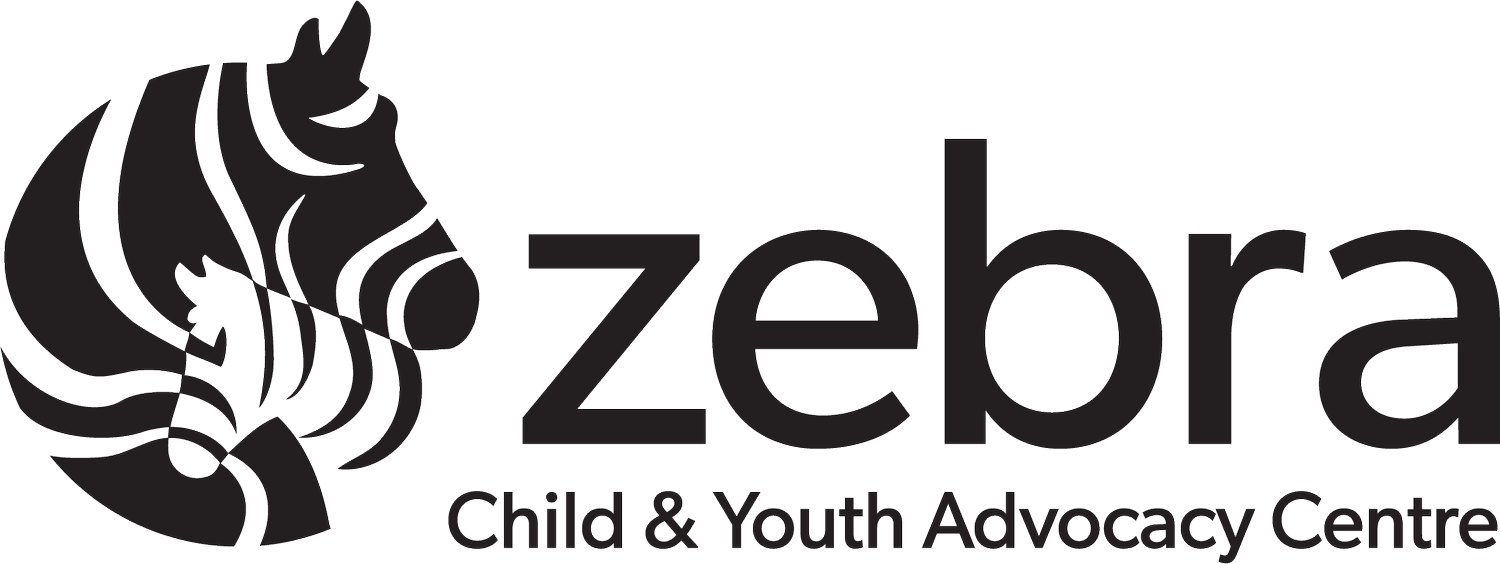Reporting 101: Six tips that protect children in our community
“...lend your voice to children and youth who haven’t yet found theirs ”
The age old adage is true: It takes a community to raise a child. It also takes a community to respond to child abuse. Did you know under the Child, Youth and Family Enhancement Act, anyone who has “reasonable and probable grounds” to believe a child is being sexually exploited, physically abused, emotionally harmed or neglected has an obligation to file a report with authorities?
You too may have your suspicions – that child in your daughter’s class, your next door neighbor or son’s teammate where something just doesn’t seem right. You may have witnessed something concerning or maybe the child has given subtle hints or clues. The best case scenario is you’re wrong. Worst case scenario is leaving the child to suffer in silence. By speaking out against child abuse, you can lend your voice to children and youth who haven’t yet found theirs.
Not sure where to start? Here are six important things to remember when reporting child abuse:
Every child display “signs” of abuse differently – Every child is unique and responds to trauma in different ways. Although there is no diagnostic tool, a drastic and prolonged change in a child’s typical pattern of behaviour may be cause for concern. Learn more about the signs of abuse here.
Reports can be made anonymously – If you’re worried you may be identified as a source, a report can be made anonymously through Crime Stoppers or the Child Abuse Hotline. You may choose to report the abuse through a local police agency such as the Edmonton Police Service, but making a report through your local police agency cannot guarantee anonymity.
Online child exploitation counts too – Adults are also obligated to report the online exploitation of children and any material that depicts abuse towards children. Reporting online exploitation can be done anonymously and at the click of a button. Cybertip is an online tool which takes online reports and distributes them to the appropriate law enforcement agencies.
Get down to the last detail – Providing as much detail as possible will help investigators do their jobs quickly and successfully. Is the child in immediate danger? How do you know the child? When did you first notice something wasn’t right? What have you seen or heard? Where is the child now?
It’s our job to uncover the truth– Trust in the expertise of a team of law enforcement agencies, medical professionals, specialized assessors and child advocates to confirm if abuse is happening. We will know the difference between a malicious report and a genuine report of child abuse. We will not be angry at you for a report that turns out to be untrue. In fact, we thank you for helping us protect children and youth in our community.
The child and their non-offending caregivers are in good hands – The Zebra Child Protection Centre and other Child Advocacy Centres throughout the country exist solely to act in the best interests of a child throughout the process of disclosure, investigation, prosecution and healing. If your report is investigated, rest assured the child is now safe, supported, believed and on the path towards recovery.
Child abuse is everyone’s business. Ready to make a report? Here are some numbers you’ll need to know:
Edmonton Police Service Complaint Line: 780-423-4567
24hr Child Abuse Hotline: 1-800-387-5437
Edmonton and Northern Alberta Crime Stoppers: 1-800-222-8477
OR your local RCMP detachment
To report online exploitation: Cybertip
If a child is in immediate danger, please dial 911.
Click here for more information about child abuse.

